OBTAINING REGIONAL CENTER DESIGNATION
Obtaining Regional Center designation from USCIS presents many advantages to businesses. The business models that are eligible to become EB-5 Regional Centers include governmental agencies, partnerships, corporations and any other existing U.S. commercial entity. Regional Center designation is an attractive way for a business project to raise low interest debt. Many foreign investors who invest in a Regional Center are primarily concerned with obtaining U.S. Permanent Residence (green card) rather than with directly owning/managing an enterprise, as well as less concerned with the ultimate return on the EB-5 investment.
One of the main reasons Regional Centers are attractive to investors is that the designation makes some USCIS requirements less stringent for EB-5 visa applicants. Regional Centers receive more lenient job creation requirements than direct EB-5 investment, which focuses on direct job creation. Instead of being required to create 10 direct full-time jobs, Regional Centers can satisfy EB-5 job creation requirements by creating 10 direct, indirect, or induced full-time jobs. Regional Centers also benefit from economic multipliers in creating these jobs. Regional Centers can also make it easier to pool capital since there is no limitation on the number of EB-5 applicants who can invest in a particular project, as long as each EB-5 investor meets the job creation requirements.
USCIS Regional Center designation application (Filed on Form I-924) involves a multi-step process that requires the services of various experts and professionals. Applications for Regional Center designation must be accompanied by a “project,” the state of which can be broken down into three categories: hypothetical, actual, or exemplar. Depending on the stage of the project, and the corresponding category under which the I-924 is submitted, there are a range of documents and materials that must accompany the application, including an operational business plan, corporate formation and structural agreements indicating the ownership of the Regional Center, a sample business plan for the project (or comprehensive project business plan), an economist report for the project, sample management agreement between the Regional Center and the project, and transactional documents which may include an investor subscription agreement and private placement memorandum. Ozisik PLLC works with an excellent network of business plan writers, economists and securities counsel to form a team to ensure a strong I-924 application is submitted to USCIS.
Once the I-924 is submitted to USCIS, a Regional Center entity can start to market and advertise the project – but cannot accept investments from EB-5 investors until the Regional Center is approved. Once approved, EB-5 investors can submit their individual I-526 petitions to USCIS. Throughout the lifecycle of the project, the Regional Center must monitor its investors and track and document the job creation. The Regional Center also files an annual compliance report on Form I-924a with USCIS, as well as any other regulatory filings/requirements under securities, state, or local regulations. For the investor, the final step entails submitting an I-829 Petition to “remove” the conditional Residence status granted at the approval of the I-526 stage – which will result in granting of Permanent Residence.
Ozisik PLLC is able help organizations wanting to secure Regional Center designation navigate through the many complex and nuanced considerations and legal obligations that are required to successfully complete the I-924 process.

